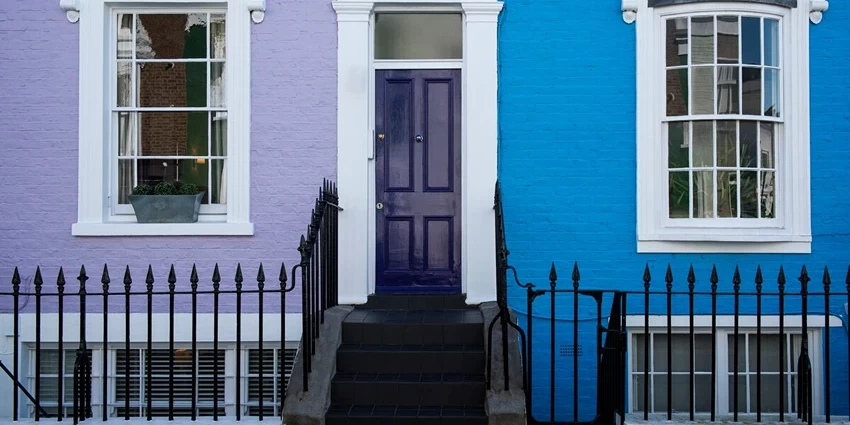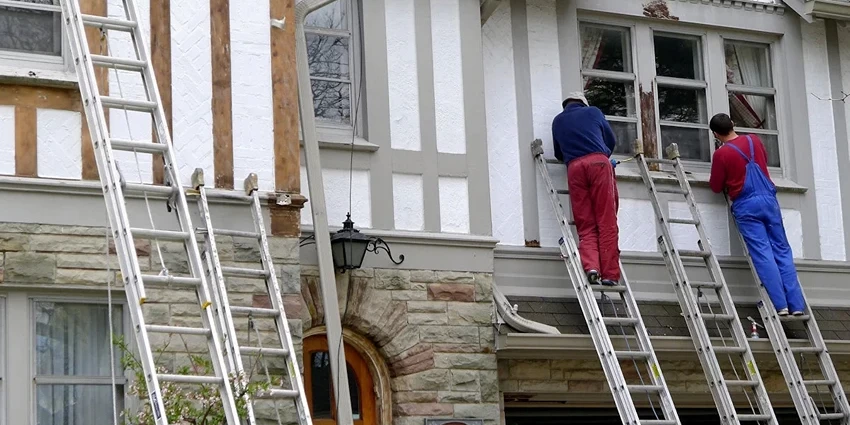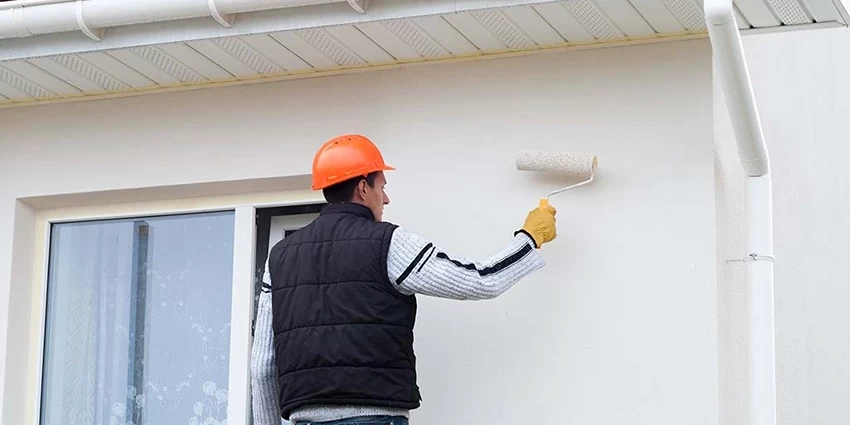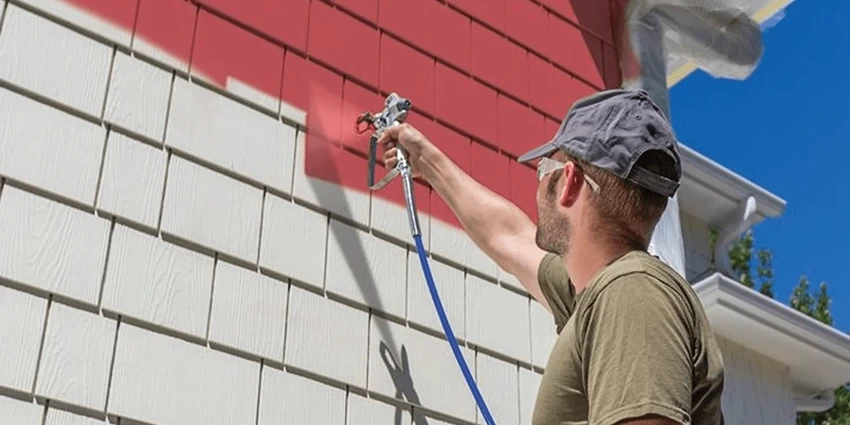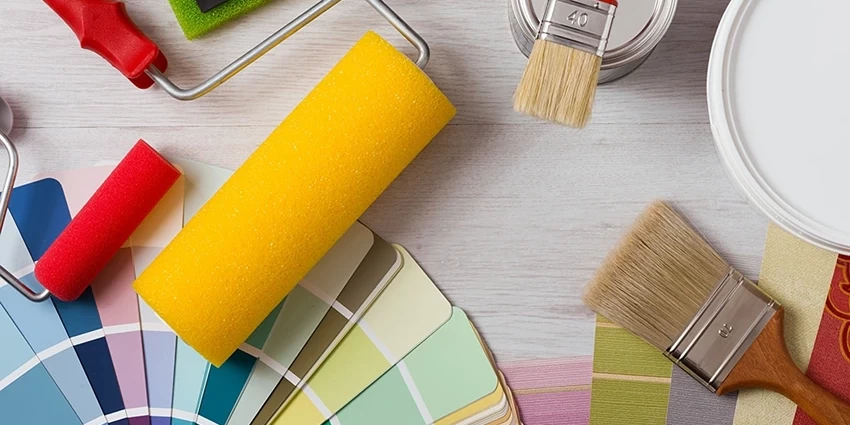All products were chosen independently by our editorial team. This review contains affiliate links and we may receive a commission for purchases made. Please read our affiliates FAQ page to find out more.
Home » Outdoor Paint » Trending Outdoor Paint Colors: A Fresh Palette for Your Home’s Exterior
Choosing the right outdoor paint color for your home is more than just a matter of aesthetics. It’s about making a statement, enhancing curb appeal, and even potentially increasing the value of your property. In the United Kingdom, where the weather can play a significant role in the durability of exterior paint, selecting the perfect hue becomes even more crucial. This year, the trend leans towards nature-inspired hues, bold statements, serene pastels, timeless neutrals, dramatic darks, and eco-friendly options.
Key Takeaways
- Nature-Inspired Hues dominate with earth tones, sky blues, and leafy greens leading the way.
- Bold and Bright colors like vibrant yellows and electric blues are making a splash.
- Pastel Paradise offers a softer approach with lavenders, mint greens, and pale pinks.
- Neutral Territory remains a classic choice with warm whites, greige, and taupe.
- Dark and Dramatic shades such as charcoal gray and navy blue add sophistication.
- Eco-friendly and Sustainable Paint Options are gaining popularity for their environmental benefits.
Nature-Inspired Hues
Earth Tones
In the UK, homeowners are increasingly drawn to the calming effect of earth tones. These colors, which mimic the hues found in nature, blend seamlessly with the surrounding landscape, creating a harmonious exterior. Popular choices include terracotta, sandy beige, and moss green. These colors not only enhance the natural beauty of a home but also offer a timeless appeal that withstands changing trends.
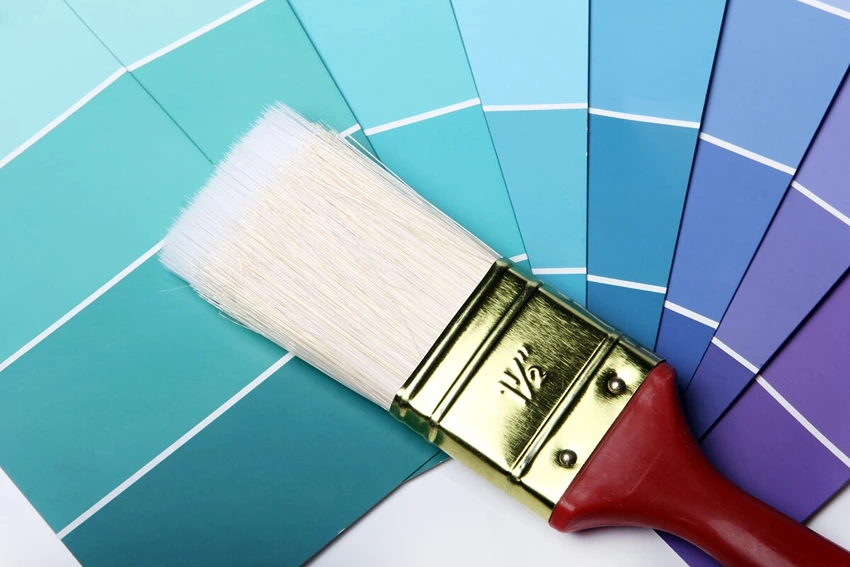
Sky Blues
Sky blues offer a refreshing pop of color that mirrors the expansive British sky on a clear day. From soft powder blues to deeper azure, these shades provide a serene backdrop that complements both modern and traditional architecture. They work particularly well in coastal areas, where they reflect the natural hues of the sea and sky.
Leafy Greens
Leafy greens are another popular choice, ranging from sage to olive. These colors evoke a sense of tranquility and connection to nature, making them perfect for homes surrounded by gardens or greenery. They also offer excellent coverage and durability, standing up well to the UK’s varied weather conditions.
Bold and Bright
For those looking to make a more vibrant statement, bold and bright colors are on the rise. Vibrant yellows, electric blues, and fiery reds are being used to add a splash of energy and personality to exteriors. These colors work well as accent hues, particularly on front doors, window frames, and shutters, providing a cheerful welcome to visitors.
Pastel Paradise
On the softer side of the spectrum, pastel paradise offers a range of gentle hues that bring a light, airy feel to any home. Soft lavenders, mint greens, and pale pinks are among the favorites, offering a subtle nod to the trend without overwhelming the senses. These colors are particularly suited to period properties, where they can highlight architectural details with a touch of whimsy.
Neutral Territory
Neutral Territory remains a steadfast choice for those seeking a classic, understated look. Warm whites, greige (a blend of gray and beige), and taupe are versatile options that complement any style of home. They provide a clean, crisp backdrop that allows architectural features and landscaping to stand out.
Table 1: Popular Neutral Paint Colors in the UK
| Color | Description | Best Used For |
| Warm White | A soft, inviting hue that reflects light beautifully. | Walls and trim for a classic look. |
| Greige | A perfect blend of gray and beige, offering warmth and sophistication. | Versatile use on walls, trim, or accents. |
| Taupe | A deeper, richer neutral that adds depth and elegance. | Ideal for creating a statement on front doors or shutters. |
Dark and Dramatic
For a touch of drama, dark and dramatic colors like charcoal gray, navy blue, and hunter green are gaining popularity. These shades lend a sophisticated, modern edge to exteriors and contrast beautifully with lighter trim and landscaping. They’re particularly effective on larger homes, where they can make a bold statement without overwhelming the structure.
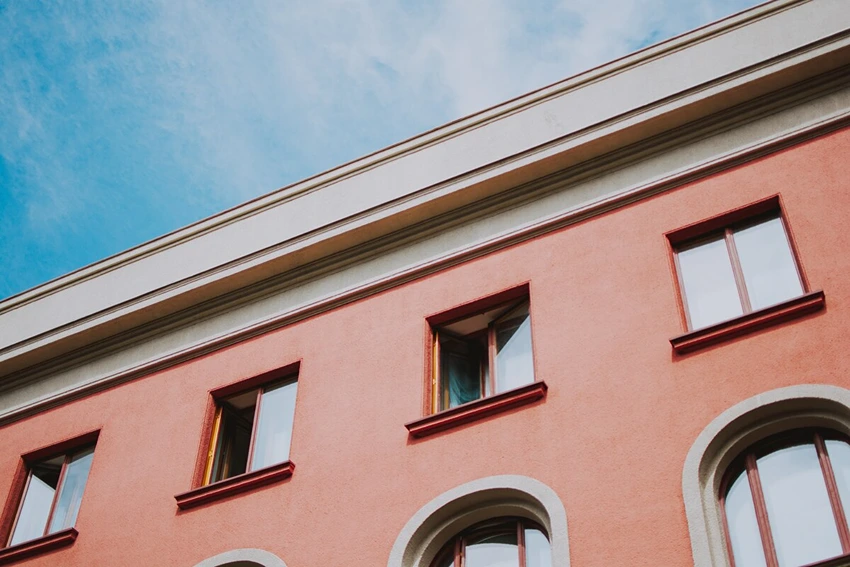
Eco-friendly and Sustainable Paint Options
As environmental awareness grows, so does the demand for eco-friendly and sustainable paint options. These paints, free from harmful chemicals and made with natural ingredients, offer a green alternative without compromising on quality or durability. They’re available in a wide range of colors, ensuring that eco-conscious homeowners don’t have to sacrifice style for sustainability.
Table 2: Benefits of Eco-friendly Paints
| Benefit | Description |
| Low VOCs | Emit fewer volatile organic compounds, improving indoor air quality. |
| Natural Ingredients | Made from renewable resources, reducing environmental impact. |
| Durability | Formulated to last, reducing the need for frequent repaints. |
Making the Right Choice for Your Home
Selecting the right paint color for your home’s exterior is a decision that combines personal taste with practical considerations. Consider the architectural style of your home, the surrounding landscape, and the general climate of your area. Consulting with a professional can also provide valuable insights into the latest trends and the best products for your specific needs.

Table 3: Tips for Choosing Outdoor Paint Colors
| Tip | Explanation |
| Test Samples | Apply small samples of paint colors to your exterior and observe them at different times of the day to see how the light affects them. |
| Consider the Roof | Choose colors that complement the color of your roof for a cohesive look. |
| Think About the Landscape | Consider how the colors will look against the backdrop of your garden or the surrounding area. |
Table 4: Durability Factors of Exterior Paints
| Factor | Impact on Durability |
| Quality | Higher-quality paints tend to last longer and offer better protection against the elements. |
| Preparation | Proper surface preparation can significantly extend the life of an exterior paint job. |
| Climate | Paints formulated for specific climates can offer enhanced durability in those conditions. |
Register for our latest in-depth reviews and product round-ups from the experts.
Enter your email address below to receive our monthly review emails.
By entering your details, you are agreeing to our terms and conditions and privacy policy. You can unsubscribe at any time.
Frequently Asked Questions
The most popular colors this year include a mix of nature-inspired hues like earth tones and leafy greens, vibrant colors such as electric blues and fiery reds, serene pastels like soft lavender and mint green, timeless neutrals including warm whites and greige, and dramatic darks like charcoal gray and navy blue.
The frequency of repainting depends on several factors, including the quality of the previous paint job, the type of paint used, and the weather conditions in your area. On average, it’s recommended to repaint every 5 to 7 years. However, signs of wear such as fading, cracking, or peeling paint can indicate that it’s time for a new coat sooner.
Yes, the color of your home’s exterior can influence its temperature. Lighter colors reflect more sunlight and can help keep your home cooler in the summer, while darker colors absorb heat, potentially making your home warmer. This is an important consideration in the UK, where maximizing natural heat can be beneficial during cooler months.
Neutral colors like whites, beiges, and grays are generally considered the best choices for increasing home value. These colors appeal to a wider range of potential buyers by providing a blank canvas that allows them to envision their own style. However, adding a pop of color with a vibrant front door can also enhance curb appeal.
Eleanor is the quintessential spirit of the British gardener — passionate, dedicated, and endlessly curious about the natural world. Born and raised amidst the verdant landscapes of the Cotswolds, she developed an early love for the outdoors, often spending hours in the family garden with her hands buried in the soil, nurturing every type of plant she could find.


